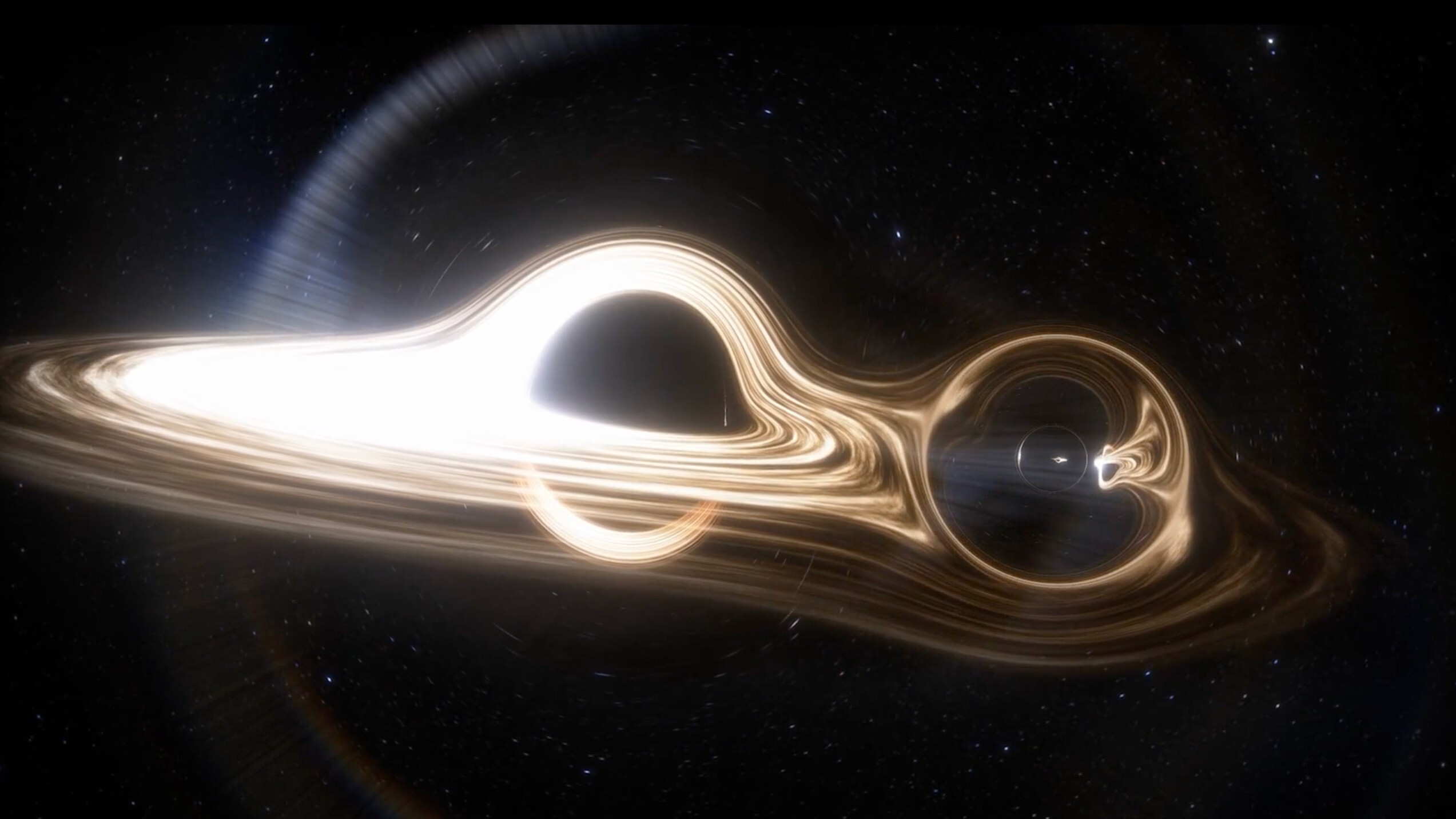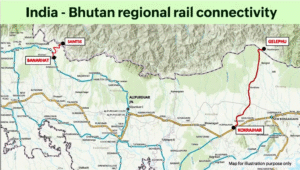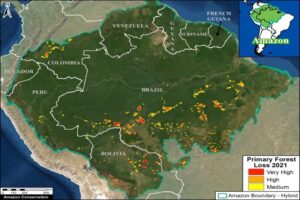
Colossal Black Hole Merger Detected by Scientists
Breakthrough in Gravitational Wave Astronomy: A New Window into the Universe
CLAT Current Affairs 2026 | Science, Space, and Law Explainer by CLAT Gurukul
Why in News:
Scientists have detected gravitational waves from a record-breaking black hole merger, involving the largest black holes ever observed via such methods. This discovery not only sets a new scientific benchmark but also challenges existing theoretical models of black hole formation.
The event is of immense importance because it introduces a new category of black hole mergers, not previously predicted by standard models. It also raises questions about the laws of general relativity, cosmic evolution, and the role of gravitational wave detectors like LIGO.
This news is particularly relevant for CLAT 2026 aspirants, especially in science and technology awareness, critical reading comprehension, and legal implications surrounding international scientific collaborations and space exploration governance.
Introduction:
Black holes have long fascinated scientists, but only in recent decades have we developed tools to observe them indirectly. Gravitational wave astronomy, a relatively new field, has emerged as a vital tool for peering into the universe’s darkest secrets.
In this article, Amitabh Sinha explains how a colossal merger of two black holes, with one being 225 times the mass of the Sun, was detected using advanced instruments at LIGO (Laser Interferometer Gravitational-Wave Observatory). This event has become one of the most significant discoveries in modern astrophysics, with deep implications for cosmology, relativity theory, and black hole science.
Point-wise Summary for CLAT Aspirants:
🔹 1. Black Hole Mergers: A Rare but Powerful Event
- Black hole mergers are extremely energetic cosmic phenomena.
- They emit gravitational waves, ripples in spacetime, first predicted by Einstein’s General Theory of Relativity.
- These waves can now be detected using extremely sensitive instruments.
🔹 2. What Are Gravitational Waves?
- Similar to ripples caused by a boat on water, gravitational waves are produced by the motion of massive celestial objects like black holes.
- They carry information about the most violent processes in the universe.
- Although proposed in 1915, gravitational waves were first detected in 2015 using LIGO.
🔹 3. Details of the Colossal Merger
- The new detection involves two massive black holes:
- One with a mass 225 times larger than the Sun
- The other with a mass 140 times that of the Sun
- The resulting black hole is the largest ever observed through gravitational waves.
- This merger breaks the previous record of black hole masses of 80 and 65 solar masses detected in 2021.
🔹 4. Why This Discovery Is Surprising
- Black holes of such size (100–225 solar masses) were not expected to exist, according to existing astrophysical models.
- Stars capable of creating such black holes generally explode or disintegrate, rather than forming a black hole.
- This discovery challenges our understanding of stellar evolution and mass limits in the universe.
🔹 5. High Spin and Relativity Limits
- One of the black holes was spinning extremely fast.
- This raises questions about the upper limits imposed by Einstein’s General Theory of Relativity.
- The event might redefine what’s possible under the theory’s boundaries.
🔹 6. Why This Discovery Matters Globally
- It will help refine scientific models of:
- Star collapse
- Galaxy formation
- Black hole evolution
- It introduces new puzzles that researchers will explore for years.
🔹 7. Gravitational Waves vs Electromagnetic Waves
- Traditional astronomy relies on electromagnetic radiation (light, radio, X-rays).
- Gravitational waves allow scientists to “see” invisible parts of the universe, like dark matter and black holes.
🔹 8. LIGO’s Role and Global Collaboration
- The Laser Interferometer Gravitational-Wave Observatory (LIGO) made the first detection in 2015.
- LIGO consists of two observatories in the United States, with new collaborators:
- Virgo detector in Italy
- KAGRA in Japan
- The LIGO-India project, currently under construction in Maharashtra, will join by April 2030.
- Together, these form the LIGO Scientific Collaboration (LSC), a global science network.
🔹 9. Future of Indian Participation in Gravitational Research
- LIGO-India is a ₹2,600 crore initiative involving ISRO, IITs, and Indian physicists.
- It will:
- Place India at the forefront of astrophysics
- Contribute to space diplomacy
- Help train new generations of scientists
🔹 10. Legal and Ethical Implications
- Large-scale scientific collaborations raise questions about:
- Data ownership
- Scientific sovereignty
- Space governance
- As India becomes part of LIGO, it will need legal frameworks to govern scientific research and IP sharing.
Notes: Explanation of Key Terms for CLAT Aspirants
Term | Explanation |
Gravitational Waves | Ripples in spacetime caused by acceleration of massive bodies, like black holes merging. |
Black Hole | A region in space with gravity so intense that not even light can escape. |
LIGO | Laser Interferometer Gravitational-Wave Observatory, first to detect gravitational waves in 2015. |
Supermassive Black Hole | Black holes with millions or billions of solar masses, usually found in galactic centers. |
General Theory of Relativity | Einstein’s 1915 theory describing gravity as the warping of spacetime by mass. |
Spin Limit | The maximum rotational speed a black hole can achieve under current physical laws. |
Relevance for CLAT 2026:
This topic is ideal for CLAT aspirants in multiple sections:
Section | Relevance |
General Knowledge | Black holes, gravitational waves, Indian observatories |
Reading Comprehension | Scientific editorials and interpretation |
Legal Reasoning | Global collaboration laws, data sharing, international treaties |
Science & Tech Awareness | New discoveries in astrophysics |
Legal and Policy Dimensions:
Topic | Explanation |
Space Law | No formal law governs black holes, but treaties like the Outer Space Treaty, 1967 regulate cooperation. |
Data Rights in Science | Questions of ownership in collaborative research like LIGO must address intellectual property rights (IPR). |
Scientific Diplomacy | Collaborations like LIGO foster soft diplomacy and international scientific agreements. |
National Sovereignty | LIGO-India must balance international standards with national research interests and legal jurisdiction. |
Key Takeaways for CLAT Gurukul Students:
- Understanding gravitational waves is vital to modern space science.
- India’s LIGO-India project will place it at the core of global astrophysical discovery.
- New legal frameworks will be needed for data sharing, funding mechanisms, and scientific accountability.
- This is a classic case where law, science, and diplomacy intersect—an ideal study model for CLAT.
Suggested MCQs for CLAT Practice:
Q1. The first direct detection of gravitational waves was made in:
A. 1905
B. 2015
C. 2020
D. 2023
Answer: B
Q2. The LIGO-India observatory is scheduled to be operational by:
A. 2026
B. 2028
C. 2030
D. 2035
Answer: C
Q3. Which of the following best describes gravitational waves?
A. Invisible gases emitted by stars
B. Ripples in water around a planet
C. Light emitted by quasars
D. Ripples in spacetime caused by massive celestial events
Answer: D
Conclusion:
The recent detection of a record-shattering black hole merger through gravitational waves marks a giant leap in our understanding of the universe. It demonstrates the power of collaborative global science, led by tools like LIGO. For Indian students and policymakers, this is a moment to reflect on the intersection of science, law, and global cooperation.
For CLAT aspirants, it’s an excellent case study to learn how scientific breakthroughs influence legal systems, governance, and international collaboration frameworks.
This Blog is Powered by CLAT Gurukul — India’s Leading Law Entrance Prep Platform
At CLAT Gurukul, we believe in empowering future legal minds with the right blend of knowledge, strategy, and mentorship. This blog is a reflection of our commitment to quality content that not only helps aspirants stay updated but also sharpens their conceptual clarity.
Why CLAT Gurukul?
- Personalized Mentorship by Top Legal Educators
- Comprehensive Study Materials & Legal Updates
- Daily Practice Sets, Mocks & Performance Tracking
- Result-Oriented Strategy for CLAT, AILET, and CUET
Whether you’re reading this article to deepen your understanding or to stay ahead in your exam prep — you’re already one step closer with CLAT Gurukul by your side.
Join thousands of successful aspirants who trusted CLAT Gurukul and cracked India’s top law entrance exams.
Visit https://www.youtube.com/@CLATGurukul/shorts to learn more or speak to our experts now!
Note from CLAT Gurukul
At CLAT Gurukul, we are committed to providing free CLAT study material, including CLAT current affairs, legal reasoning practice sets, general knowledge updates, logical reasoning questions, English comprehension exercises, and more — all curated by top mentors.
Our blog section is regularly updated with high-quality CLAT content tailored to match the evolving pattern of the CLAT UG exam. Whether you’re looking for CLAT 2026 current affairs, CLAT legal reasoning passages, or mock practice sets, we have you covered.
We believe in open-access learning and will continue to publish free CLAT preparation resources to help serious aspirants succeed.
Explore more free content under categories like:
Best online coaching for CLAT, CLAT current affairs, CLAT GK updates, CLAT legal updates, CLAT logical reasoning, and CLAT English preparation.
For structured learning, daily mocks, and expert mentorship, visit https://www.youtube.com/@CLATGurukul/shorts — the Best CLAT Coaching in Patna and India’s most trusted platform for CLAT online coaching.




